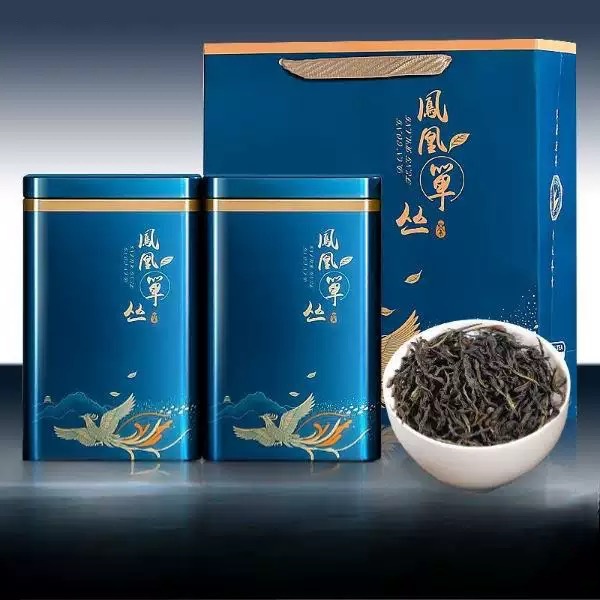
# The Fragrant Essence of Oolong Tea
## Unveiling the Aroma of Oolong Tea
Oolong tea, a traditional Chinese tea, is renowned for its complex and captivating aroma. The fragrance of oolong tea is a symphony of floral, fruity, and roasted notes that dance on your senses with every sip. This unique aroma is a result of the tea’s partial oxidation process, which sets it apart from green and black teas.
## The Science Behind the Scent
The aroma of oolong tea comes from hundreds of volatile compounds that develop during processing. Key aromatic components include:
– Linalool (floral notes)
– Geraniol (rose-like fragrance)
Keyword: Aroma of Oolong Tea
– Jasmine lactone (sweet floral tones)
– Methyl salicylate (minty freshness)
These compounds interact to create the distinctive fragrance profile that makes oolong tea so special.
## Processing: The Art of Aroma Creation
The production of oolong tea is a delicate balance between art and science. Tea masters carefully control several factors to develop the perfect aroma:
– Withering: Allows the leaves to lose moisture and begin developing fragrance
– Bruising: Breaks cell walls to initiate oxidation
– Oxidation: The crucial stage where aromatic compounds form
– Fixation: Stops oxidation at the perfect moment
– Rolling: Shapes the leaves and releases more aroma
– Drying: Preserves the developed fragrance
## Regional Variations in Oolong Aroma
Different oolong-producing regions create distinct aromatic profiles:
Region | Characteristic Aroma Notes
Wuyi Mountains (China) | Mineral, roasted, with hints of orchid
Anxi (China) | Floral, creamy, with honey undertones
Taiwan | Fruity, buttery, with tropical notes
Vietnam | Earthy, woody, with spice accents
## Brewing for Optimal Aroma
To fully appreciate oolong tea’s fragrance:
1. Use spring water at 85-95°C (185-205°F)
2. Preheat your teaware
3. Use 5-7 grams of leaves per 150ml water
4. Steep for 30 seconds to 2 minutes
5. Observe the unfurling leaves and inhale the rising steam
The aroma will evolve through multiple infusions, revealing new layers with each steep.
## Pairing with Food
Oolong tea’s aromatic complexity makes it excellent for food pairing:
– Light oolongs: Complement seafood and mild cheeses
– Medium oolongs: Pair well with poultry and nutty dishes
– Dark oolongs: Stand up to grilled meats and chocolate desserts
## Preserving the Precious Aroma
To maintain oolong tea’s fragrance:
– Store in airtight containers
– Keep away from light, heat, and moisture
– Avoid storing near strong-smelling items
– Consume within 6-12 months for peak aroma
The aroma of oolong tea is more than just a pleasant smell – it’s an invitation to a sensory journey that connects us to centuries of tea tradition. Each fragrant note tells a story of the tea’s origin, processing, and the skill of the tea master who created it.